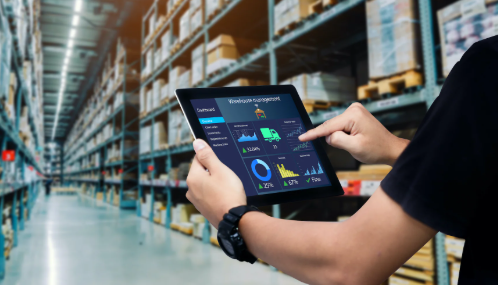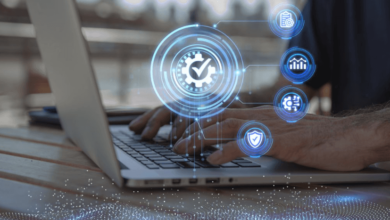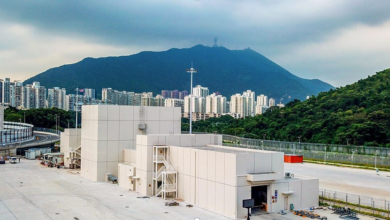What Moving Logistics Can Teach Us About Efficient Tech Setup

Setting up new technology—whether it’s for your home office, a startup, or a large-scale business—can often feel chaotic. Cables everywhere, compatibility issues, and missing pieces can turn an exciting upgrade into a stressful nightmare. Interestingly, many of the principles that guide successful moving logistics can be applied directly to tech setups, leading to more efficient, stress-free outcomes.
The Power of Planning Ahead
Anyone who’s ever moved house knows that preparation is key. The same applies to setting up technology. Before you start unboxing anything, map out your space and understand your needs. Just like you wouldn’t randomly throw items into boxes without labeling them, you shouldn’t install software or hardware without a plan.
Ask questions like:
- What devices need to be connected?
- Where are the power sources?
- What are the security requirements?
Having a checklist or a digital setup guide can make the process much smoother.
Just like you might use Shiply.com to coordinate multiple moving parts during a house relocation, planning ahead with your tech setup ensures everything is in the right place at the right time.
Label Everything
Movers know that labeling boxes by room and content saves hours on the other end. Tech setup is no different. Label cords, adapters, and even ports if necessary. Use color-coded zip ties or stickers for bundles of cables. This not only makes the initial setup more intuitive but helps with troubleshooting later. When a printer stops working, you’ll thank yourself for knowing which cable goes where.
Don’t Skip the Inventory
A professional moving company doesn’t move a thing without taking inventory—and neither should you. Taking stock of your tech before you begin ensures you won’t forget essential items. It also helps with budgeting and avoids duplicate purchases.
Create a simple spreadsheet or use an app to record:
- Device names and models
- Serial numbers
- Accessories (e.g., chargers, dongles)
- Software licenses
This is especially useful for teams or businesses with shared resources.
Sequence Matters
Ever try unpacking the kitchen before the furniture arrives? Same disaster applies to tech. Certain things need to be in place before others will function. For instance, make sure your network infrastructure (router, switches, access points) is set up before trying to configure devices that rely on internet access.
Prioritize:
- Core systems (power, networking)
- Devices (laptops, monitors, peripherals)
- Software and security
- User personalization and data migration
This sequence minimizes frustration and setup errors.
Embrace Minimalism
When moving, you often discover how much stuff you don’t need. The same goes for tech. Setting up a new space is the perfect time to audit your devices and applications. Declutter. Ask yourself what’s essential and what’s outdated.
Efficient setups are not just about what you add, but what you leave out. Fewer devices and cleaner cable management often lead to faster troubleshooting, better performance, and even improved mental clarity.
Final Thoughts
Moving logistics and tech setups share one key principle: efficiency is everything. By approaching tech like a move—planning ahead, labeling smartly, sequencing correctly, and keeping things minimal—you save time, reduce stress, and create a workspace that truly supports your productivity.
Next time you’re setting up a new tech system, channel your inner mover. You might just find it’s the smoothest install you’ve ever done.



